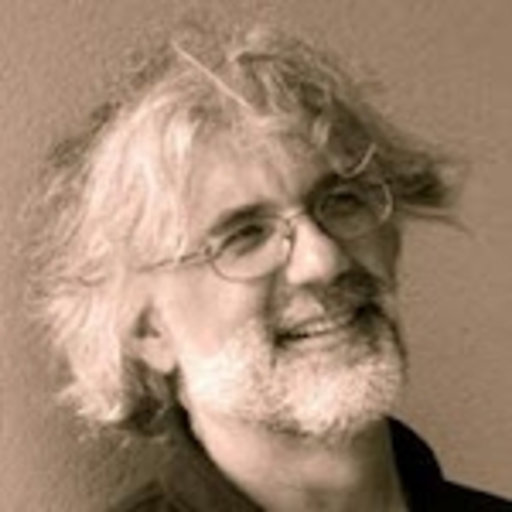Challenges On The Interactive Nature of Computing
Published:
I have read with great interest the paper The Interactive Nature of Computing: Refuting the Strong Church–Turing Thesis by Dina Goldin and Peter Wegner. The reading took me to my first years teaching computability. At that time, I remember feeling uneasy while teaching a subject named Automata Theory and Formal Languages with questions (that I kept only to myself ![]() ) like:
) like:
- “What do operating systems compute?”,
- “What does a word processor computes?”
Goldin’s paper is an attempt to tackle questions like these by introducing a new type of computing model they name Persistent Turing Machines. To give you an idea of the thread of reasonment, let me quote a couple of paragraphs
Function-based computation transforms a finite input into a finite output in a finite amount of time, in a closed-box fashion. By contrast, the general notion of computation includes arbitrary procedure and processes–which may be open, non-terminating, and involving multiple inputs interleaved with outputs.
We believe it is time to recognize that today’s computing applications, such as web services, intelligent agents, operating systems, and graphical user interfaces, are interactive rather than algorithmic; their job is provide ongoing services over time
Summarizing, the conclusion of the paper is that the statement
A Turing Machine can do anything that a computer can do
is false
So let me pose you in the next sections a few problems. It is my attempt to see if a Turing Machine with ordinary powers can solve open, non-terminating processes involving multiple inputs interleaved with outputs.
Problem: The Asynchronous Sum (ASP)
Write an Ordinary Turing machine that adds two numbers in unary. The machine has three tapes:
- The first is an input tape
- The second is the tape for computing
- The third will be used for output
The following considerations apply:
- Numbers (coded in unary) are’nt in the input tape at the beginning of computation
-
Instead, the ones and separators are entered in asynchronous/unknown times with an encoding like the one below to add 3 and 4
111X1111X(3 ones, an
Xthat acts as a separator, 4 ones and anX) - The ones
1and theXcan be written at any time after the computation starts. - Of course when they have not been written the cell contains a blank
- The rest of the tape is filled with white
- The machine in addition to being able to move its read/write heads to the left (
L) and right (R) is endowed with a capacity of NO movementS
Problem: The Infinite Case
Extend the previous Turing Machine so that once it finish the computation it keeps adding the asynchronously incoming numbers forever
Problem: Driving home from work (DHFWP)
Describe (Only describe!) a Turing Machine that drives a car to home from work, where the locations of both work and home are provided as input parameters.
You can add as many input tapes (read only) as you want.
- One for a detailed map,
- another for the current weather report,
- another for the images of the camera,
- another for the information from the wheels,
- etc.
As in the previous problem the information arrives asynchronously and the machine can keep the heads stationary.
The output tapes of of this problem should be two time series:
- One that shows the position of the wheel (e.g., in degrees from the vertical) during the drive, and
- Another to show the pressure on the gas and break pedals during the drive.
Leaving your Solutions
Give your solution in the comments below. You have to authenticate with GitHub to leave your comments. Use markdown to format your comments.
References
- The Church-Turing Thesis: Breaking the Myth by Dina Goldin and Peter Wegner. Lecture Notes in Computer Science 3526:152-168
- The Interactive Nature of Computing: Refuting the Strong Church–Turing Thesis by Dina Goldin and Peter Wegner in Minds and Machines volume 18, pages17–38(2008)
- Wikipedia: Turing Machine
